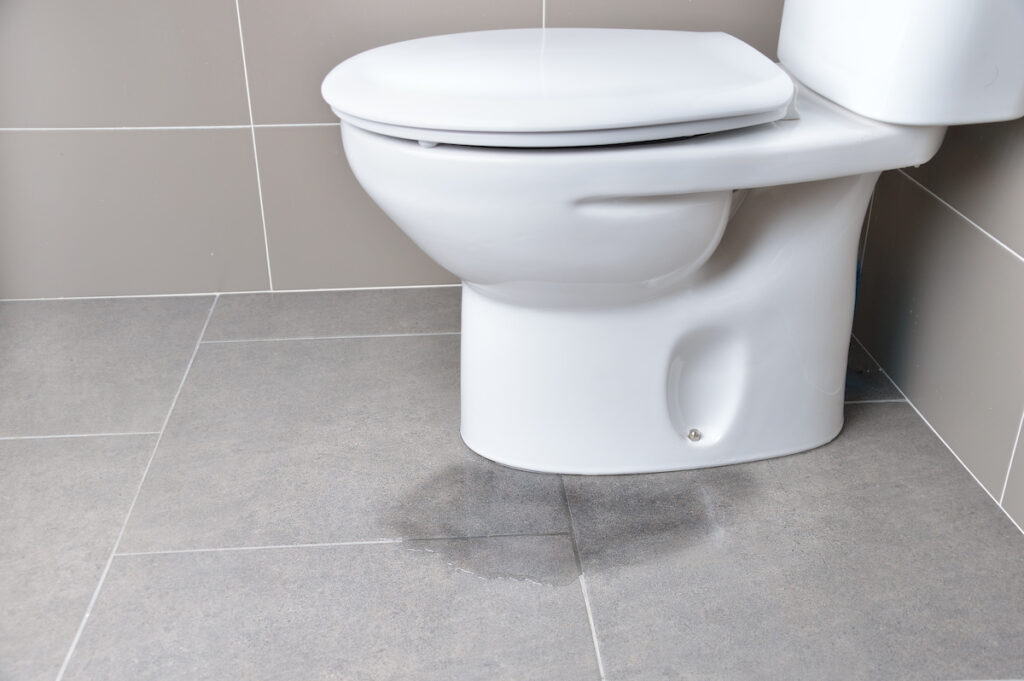Exactly How to Prevent Water Damage in Your Bathroom
Exactly How to Prevent Water Damage in Your Bathroom
Blog Article
We have unearthed this post pertaining to How to Prevent Bathroom Water Damage below on the net and accepted it made sense to share it with you over here.

The washroom is very vulnerable for wet build-up and also prospective water damages due to the regular use water in it. This post provides straightforward evaluation strategies to assist spotting water damages dangers.
The frequent use water in the bathroom makes it very vulnerable for wet build-up and also prospective water damages. By checking it routinely, you can lower water associated problems.
The complying with collection of evaluations is easy to do and must be done once in every 3 months in order to maintain your restroom healthy and to avoid potential water problems brought on by the bath tub, the shower, pipe joints and also plumbing, sinks, cabinets, and also the toilet
Do not disregard performing these evaluations as well as be thorough while performing them. Remember that these simple assessments can conserve you a lot of cash by giving very early indications for water damages
Bath tub and Shower
The shower as well as bath tub require special focus and maintenance. Inspect the floor tiles and replace if split. Make sure that there is no missing cement in between the tiles. Examine as well as change cracked caulking at joints where the walls satisfy the flooring or the bath tub. Clogged drains as well as pipelines troubles will avoid the tub from drying out and also might indicate major issues underneath the bath tub. Consult with a professional right away to avoid architectural damages. Pay attention to discolorations or soft areas around the bathtub walls as they might show an inner leakage.
Plumbing
Signs for water damages are tough to find given that a lot of pipelines are set up inside the walls.
Pay special attention to flooring and wall surfaces dampness as well as stains as they may indicate an unseen plumbing trouble. Examine wetness levels in adjoining rooms too.
Sinks and also Cabinets
Sinks and also cupboards are subjected to moisture and also moisture everyday as well as are frequently forgotten. Evaluate on a regular basis under the sink as well as on the counter top over it. Repair any drip in the trap as it might recommend drain problems. Check out the sink, sluggish draining pipelines may show a blocked drainpipe. Replace sink seals if they are broken or loosened.
The Bathroom
The commode is a susceptible water joint. Check the water lines and also search for leakages around the bathroom seat, in the pipe, as well as under the water tank. If you identify any type of signs of dampness on the floor around the toilet, look for leaks in the toilet rim as well as container seals.
Understand that hanging commode dish antiperspirants enhances the chances for blockages.
10 TIPS TO PREVENT WATER DAMAGE IN THE BATHROOM
The average household uses approximately 80-100 gallons of water per person per day. For a family of 4, that's almost 2,500 gallons of water a week! The largest portion of this consumption comes from bathroom use. Flushing the toilet uses the most water, followed by taking a shower or bath. With that much water running through the home, water damage in the bathroom is bound to happen. Knowing how to spot signs of a water leak is essential to preventing long-term damage. This guide provides you with tips to reduce the impact of water damage on your bathroom.
CAUSES OF BATHROOM WATER DAMAGE
Pipe breaks are the most common cause of water damage we see in our daily jobs. The age of a pipe plays a large role in a pipe break as well as corrosion. Over time, the metal begins to break down, allowing water to escape. Frozen pipe breaks are also a concern in the winter months. Toilet overflows caused by paper products or children flushing inappropriate items. Degraded caulking around the toilet or bathtub can allow water seepage, sometimes behind the fixture, into the subfloor or walls. Condensation forms when the water in a pipe is cooler than the air temperature. Beads of water form on the exterior of the pipes, sometimes so much so that the water begins to drip and pool below. Sink or shower backups created by poor drainage. HOW TO PREVENT WATER DAMAGE IN YOUR BATHROOM
Inspect your toilet supply line for worn or frayed hoses and replace them as needed. Winterize your plumbing to prevent a frozen pipe break. Use vent fans to prevent condensation that can lead to mold growth. Routinely check and replace degraded caulking around your toilet or bathtub. Increase the temperature in your toilet tank and insulate your pipes during the warm summer months to keep condensation from forming. Use child safety locks on the toilets. Flush only toilet paper. "Flushable" wet wipes are actually not good for your plumbing system. Additionally, feminine hygiene products should not be flushed. Prevent water from escaping the tub or shower. Make sure shower curtains are in good condition. Inspect shower doors and replace the seal strip if necessary. Wipe up any water that accumulates on the floor and use bath mats. Water left to sit can cause damage to the tiles and flooring. Refrain from using bath products containing heavy oils to avoid a clogged drain.

As a serious reader about Looking for Signs of Water Damage in the Bathroom, I imagined sharing that piece of content was worth the trouble. Remember to take the opportunity to share this blog posting if you enjoyed it. Thanks a lot for your time. Visit again soon.
Book Now Report this page